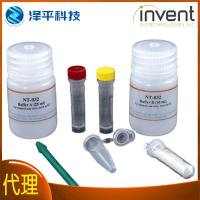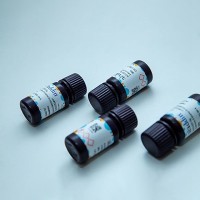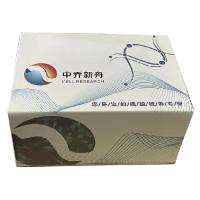Multiplex PCR Method to Discriminate Artemisia iwayomogi from Other Artemisia Plants
互联网
779
Some plants in the genus Artemisia have been used for medicinal purposes. Among them, Artemisia iwayomogi , commonly referred to as “Haninjin,” is one of the major medicinal materials used in traditional Korean medicine. By contrast, Artemisia capillaris and both Artemisia argyi and Artemisia princeps , referred to as “Injinho” and “Aeyup,” respectively, are used to treat diseases different from those for which “Haninjin” is prescribed. Therefore, the development of a reliable method to differentiate each Artemisia herb is necessary. We found that a random amplified polymorphic DNA (RAPD) method can be used to efficiently discriminate a few Artemisia plants from one another. To improve the reliability of RAPD amplification, we designed primer sets based on the nucleotide sequences of RAPD products to amplify a sequence-characterized amplified region (SCAR) marker of A. iwayomogi . In addition, we designed two other primer sets to amplify SCAR markers of “Aeyup” (A. argyi and A. princeps ) along with “Injinho” (A. capillaris ) and Artemisia japonica , which are also traded in Korean herbal markets. Using these three primer sets, we developed a multiplex PCR method concurrently not only to discriminate A. iwayomogi from other Artemisia plants, but also to identify Artemisia plants using a single PCR process.









